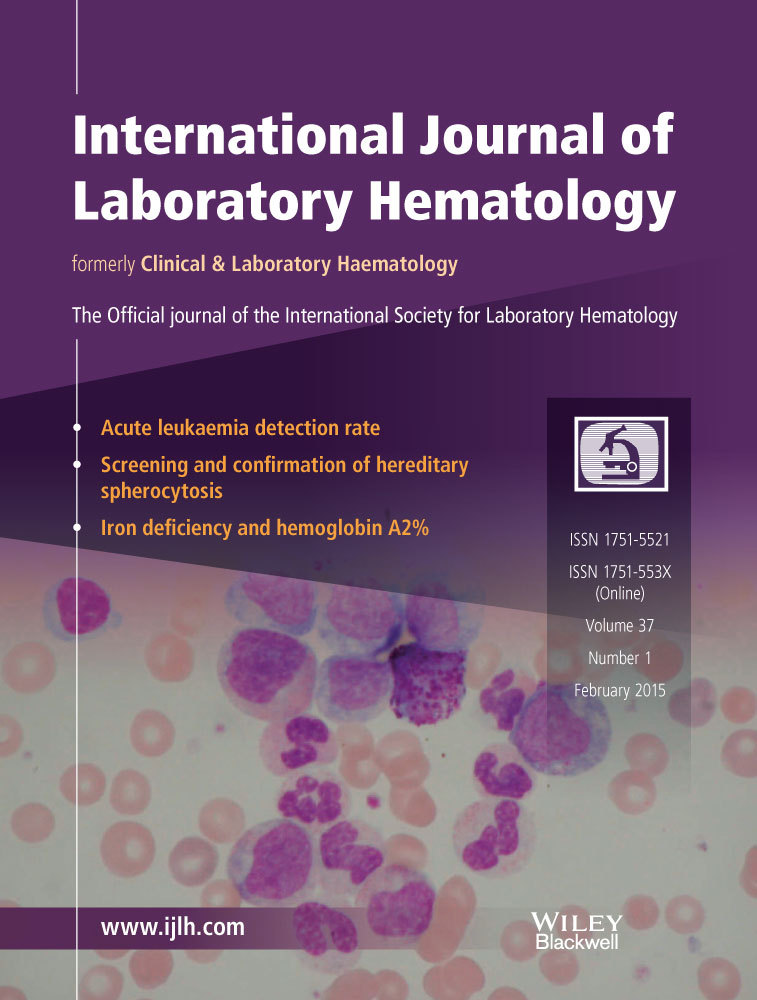Optimal flagging combinations for best performance of five blood cell analyzers
Summary
Introduction
Corelab automation needs increasingly more efficient hematology analyzers and algorithms to adequately detect abnormal samples. The aim of this study is to assess the effect of combining flags or to adjust their trigger level to identify positive samples for further detection within a smear.
Methods
Five hundred and seventeen EDTA samples from patients followed for hematological malignancies were randomly analyzed on Sysmex XE2100 and XN2000, Abbott Cell-Dyn Sapphire, Beckman Coulter DXH800 and Siemens ADVIA 2120. A blood smear as well as a buffy coat was further performed for each of them.
Results
Our results shows that depending on the flags, the combinations of them and the thresholds we use, analyzers can provide extremely variable results in their performances for detecting abnormal cells. ADVIA and XN2000 show remarkable performance for blasts detection. DXH800 is the most sensitive for the detection of abnormal lymphocytes, while XN outperforms the market for immature granulocytes and nucleated red blood cell.
Conclusion
Flagging performances have been shown to be inconsistent among the different manufacturers. This article should help laboratory professionals in their quest for the best flagging schemes and give them a baseline in the selection of the most appropriate analyzer.




